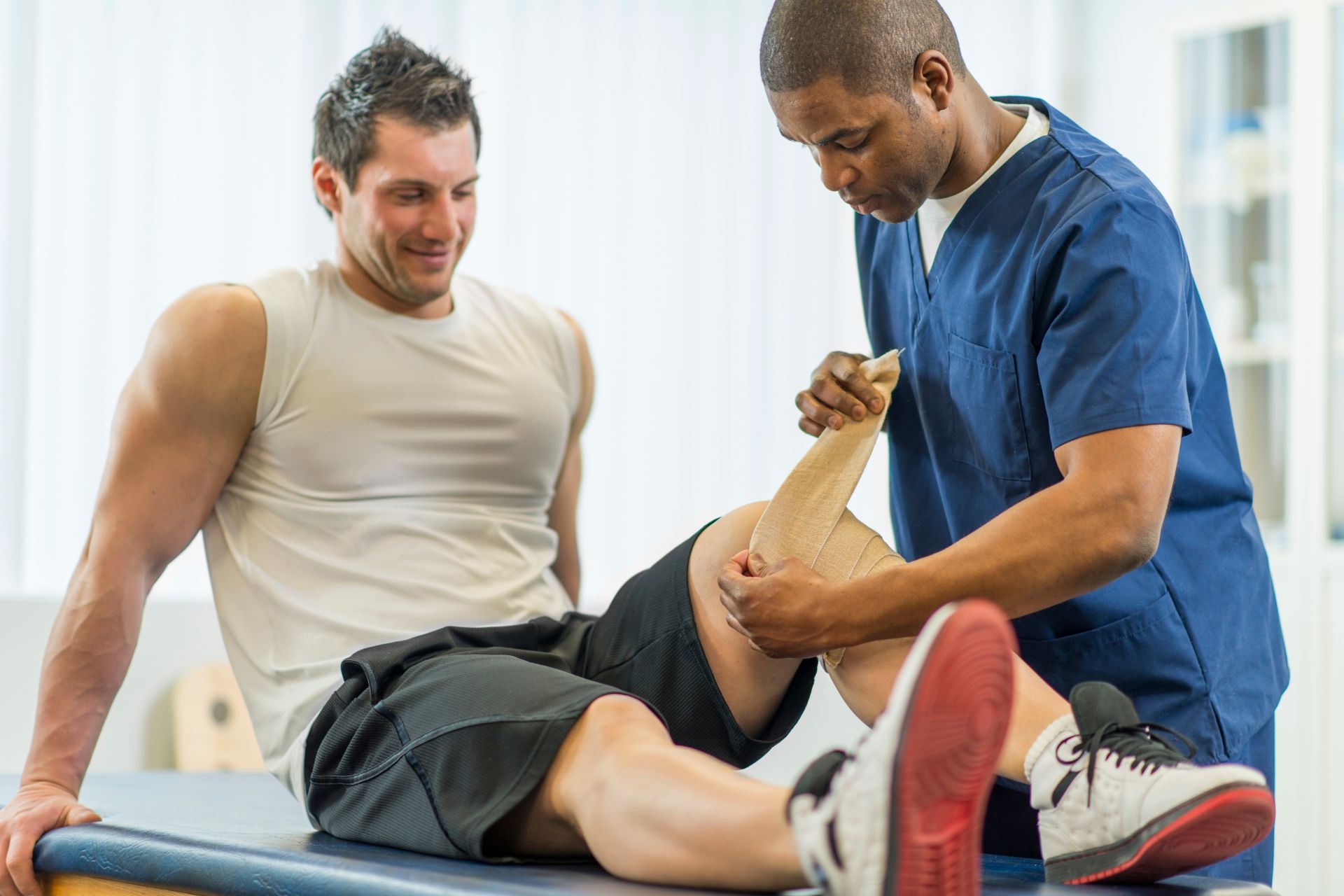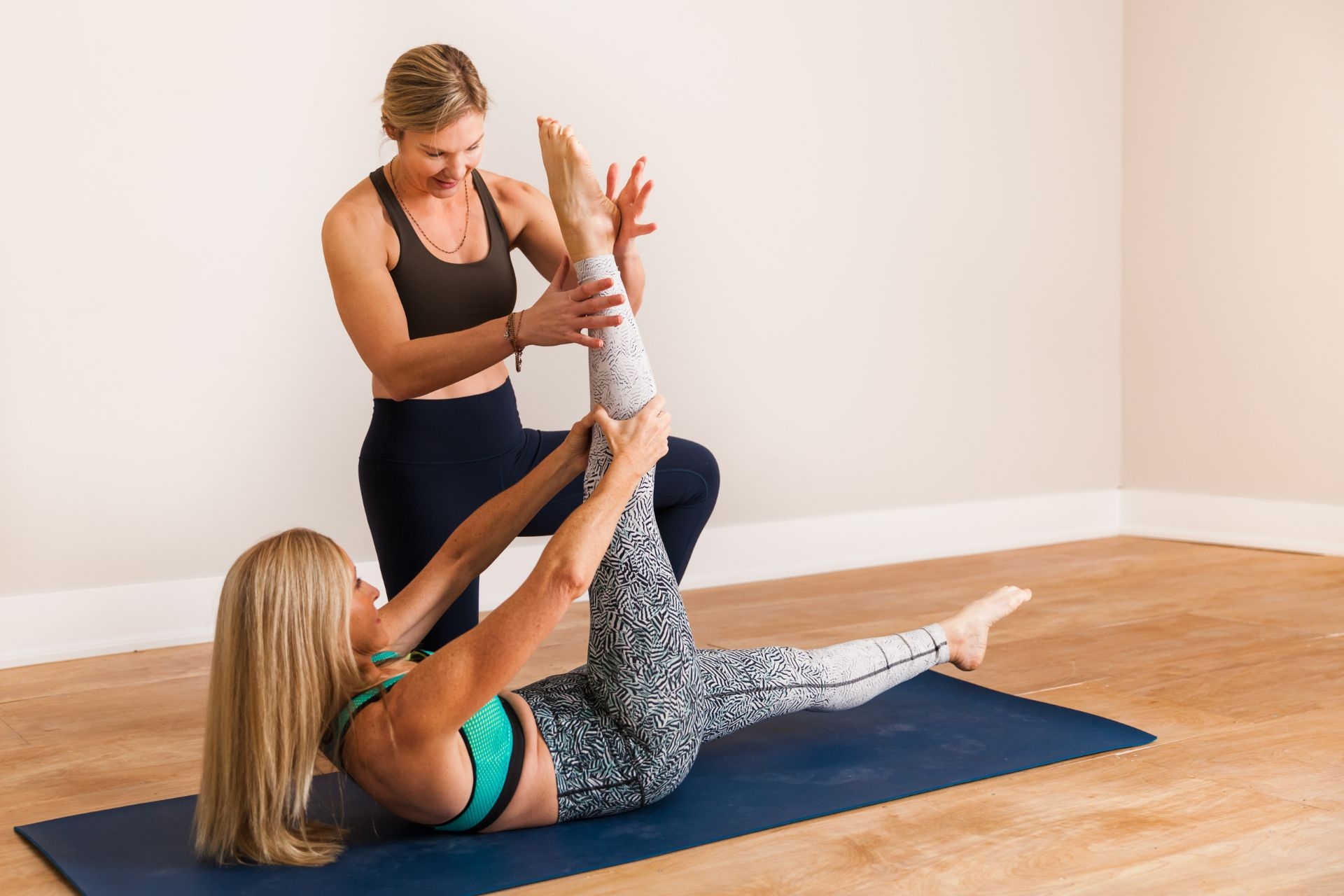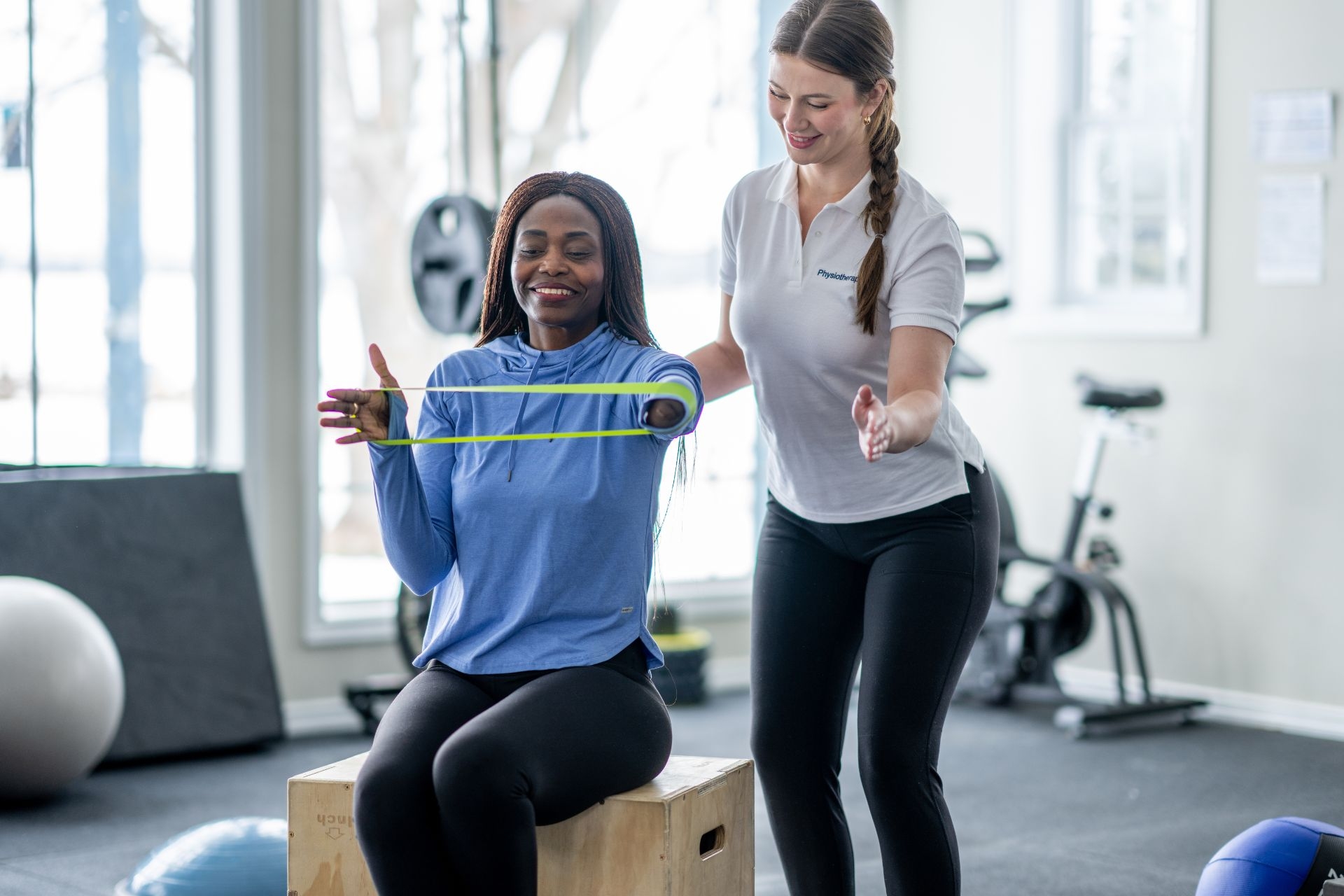

Orthopedic manual therapy plays a crucial role in the treatment of musculoskeletal conditions. It involves the skilled manipulation and mobilization of joints and soft tissues to alleviate pain, improve range of motion, and restore function. This therapy focuses on identifying and addressing the underlying causes of musculoskeletal dysfunction, such as joint restrictions, muscle imbalances, and tissue inflammation. By using hands-on techniques, orthopedic manual therapists can effectively assess and treat various conditions, including sprains, strains, tendonitis, arthritis, and post-surgical rehabilitation. The goal is to promote healing, reduce pain, and enhance overall musculoskeletal health.
Orthopedic manual therapy differs from other forms of physical therapy in its emphasis on manual techniques. While both approaches aim to improve musculoskeletal function, orthopedic manual therapy places a greater emphasis on hands-on techniques, such as joint mobilization, soft tissue manipulation, and therapeutic exercises. This therapy is often performed by highly trained physical therapists or chiropractors who have specialized knowledge and skills in manual therapy. Unlike other forms of physical therapy that may rely more on modalities and exercises, orthopedic manual therapy focuses on the precise manipulation of joints and soft tissues to address specific musculoskeletal dysfunctions.
There are several common techniques used in orthopedic manual therapy. These techniques include joint mobilization, which involves the skilled manipulation of joints to restore normal range of motion and reduce pain. Soft tissue mobilization is another technique that targets muscles, tendons, and ligaments to alleviate tension, improve flexibility, and promote healing. Manual traction is used to decompress joints and relieve pressure on nerves. Additionally, therapeutic exercises are often prescribed to strengthen muscles, improve stability, and enhance overall function. These techniques are tailored to the individual needs of the patient and are based on a thorough assessment and diagnosis.

Yes, orthopedic manual therapy can be beneficial for chronic pain conditions. Chronic pain often stems from musculoskeletal dysfunctions, such as joint restrictions, muscle imbalances, or tissue inflammation. Orthopedic manual therapy aims to address these underlying causes by using hands-on techniques to restore normal function and reduce pain. By targeting specific areas of dysfunction, such as joint restrictions or muscle imbalances, orthopedic manual therapy can help alleviate chronic pain and improve overall musculoskeletal health. However, the effectiveness of orthopedic manual therapy for chronic pain may vary depending on the individual and the specific condition.
Like any form of therapy, orthopedic manual therapy carries some potential risks and side effects. These can include temporary soreness or discomfort following treatment, especially if deep tissue manipulation or joint mobilization is performed. In rare cases, there may be a risk of injury, such as muscle strains or joint sprains, if the techniques are not performed correctly or if the patient has certain underlying conditions. It is important for patients to communicate any concerns or discomfort to their therapist and to follow their recommendations for post-treatment care. Overall, when performed by a skilled and experienced practitioner, the risks and side effects of orthopedic manual therapy are generally minimal.

The time it takes to see results from orthopedic manual therapy can vary depending on the individual and the specific condition being treated. Some patients may experience immediate relief or improvement in symptoms after just one session, while others may require multiple sessions over a period of weeks or months to achieve significant results. The duration of treatment will depend on factors such as the severity and chronicity of the condition, the patient's overall health and compliance with home exercises, and the individual response to therapy. It is important for patients to have realistic expectations and to communicate regularly with their therapist to track progress and make any necessary adjustments to the treatment plan.
Orthopedic manual therapy can be particularly effective for a range of conditions and injuries. It is commonly used to treat musculoskeletal conditions such as back pain, neck pain, shoulder impingement, tennis elbow, hip and knee osteoarthritis, and ankle sprains. It can also be beneficial for post-surgical rehabilitation, sports injuries, and work-related injuries. Orthopedic manual therapy is often recommended when other forms of treatment, such as medication or traditional physical therapy, have not provided sufficient relief or improvement. By addressing the underlying causes of dysfunction and promoting healing, orthopedic manual therapy can help individuals regain function, reduce pain, and improve their overall quality of life.

Physical therapists employ various strategies to address muscle imbalances and compensatory patterns in runners. They conduct a thorough assessment to identify any asymmetries or weaknesses in the muscles and joints involved in running. This assessment may include evaluating muscle strength, flexibility, and range of motion. Based on the findings, therapists design individualized treatment plans that may incorporate exercises targeting specific muscle groups, such as the quadriceps, hamstrings, glutes, and calves. They may also utilize manual therapy techniques, such as soft tissue mobilization and joint mobilization, to address any restrictions or tightness in the muscles and joints. Additionally, therapists may provide education on proper running form and technique to help runners optimize their movement patterns and reduce the risk of further imbalances or compensations. By addressing these issues, physical therapists aim to improve runners' overall performance, prevent injuries, and promote long-term musculoskeletal health.
Yes, there are several specific interventions that can be used to address foot and ankle impairments in dancers. These interventions may include exercises to improve strength, flexibility, and balance in the foot and ankle, as well as manual therapy techniques such as massage and joint mobilizations. Additionally, dancers may benefit from the use of orthotics or shoe modifications to provide support and correct alignment. It is also important for dancers to receive proper education and guidance on proper technique and alignment to prevent further injury and promote optimal foot and ankle function. Overall, a comprehensive approach that combines targeted exercises, manual therapy, and education is often used to address foot and ankle impairments in dancers.
When considering physical therapy interventions for individuals with chronic obstructive pulmonary disease (COPD), several factors need to be taken into account. Firstly, the severity of the disease and the individual's overall health status should be assessed to determine the appropriate level of intervention. This may involve evaluating lung function, exercise capacity, and the presence of comorbidities. Secondly, the specific goals of the physical therapy intervention should be established, such as improving respiratory muscle strength, increasing exercise tolerance, and enhancing overall quality of life. Additionally, the individual's preferences, motivation, and adherence to the therapy should be considered to ensure the effectiveness of the intervention. The physical therapist should also consider the potential risks and benefits of different interventions, such as pulmonary rehabilitation programs, breathing exercises, and aerobic training. Finally, ongoing monitoring and evaluation of the individual's progress and adjustment of the intervention as needed are crucial to optimize outcomes in individuals with COPD.
Postural restoration therapy plays a crucial role in addressing asymmetries and imbalances by utilizing a comprehensive approach that focuses on restoring proper alignment and function of the body. This therapy recognizes the interconnectedness of various body systems and aims to correct any dysfunctions that may contribute to asymmetries and imbalances. Through a combination of manual techniques, exercises, and education, postural restoration therapy aims to retrain the body's postural and movement patterns, promoting optimal alignment and reducing asymmetries. By addressing underlying imbalances and asymmetries, this therapy can help alleviate pain, improve movement efficiency, and enhance overall function.
Kinesiology tape is a therapeutic tool that has gained popularity in injury recovery and prevention due to its unique properties and application techniques. The use of kinesiology tape aids in injury recovery by providing support and stability to the affected area, promoting proper alignment and biomechanics, and reducing excessive strain on the injured tissues. It also helps to improve blood circulation and lymphatic drainage, which can accelerate the healing process. Additionally, kinesiology tape can help prevent injuries by enhancing proprioception, or the body's awareness of its position in space, thus improving balance and coordination. By providing a gentle and flexible support, kinesiology tape allows individuals to engage in physical activities with reduced risk of re-injury. Overall, the use of kinesiology tape in injury recovery and prevention offers a holistic approach that addresses both the physical and physiological aspects of the healing process.
Vibration therapy in rehabilitation settings has the potential to offer both risks and benefits. On the one hand, the use of vibration therapy can provide numerous benefits for patients undergoing rehabilitation. It can help improve muscle strength, increase bone density, enhance circulation, and reduce pain and inflammation. Additionally, vibration therapy has been found to improve balance and proprioception, which are crucial for individuals recovering from injuries or surgeries. However, there are also potential risks associated with vibration therapy. Excessive or inappropriate use of vibration therapy can lead to muscle soreness, joint pain, and even tissue damage. It is important for healthcare professionals to carefully assess each patient's condition and tailor the vibration therapy treatment accordingly to minimize the risks and maximize the benefits.